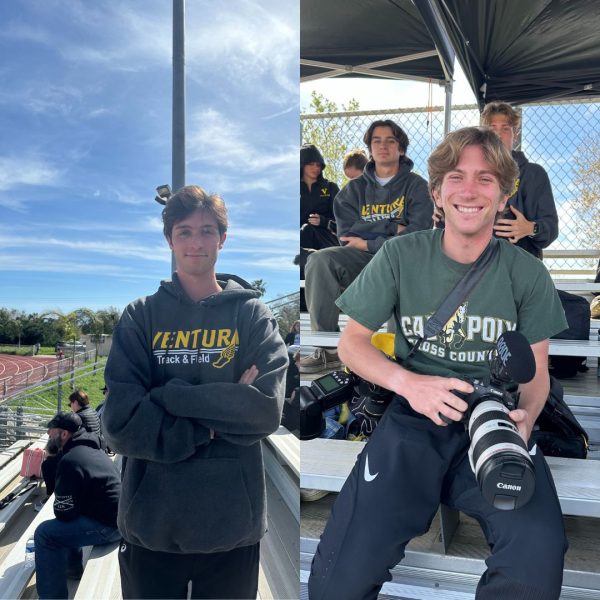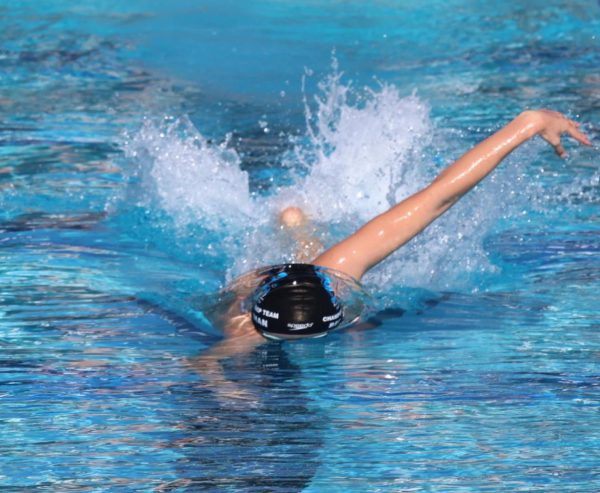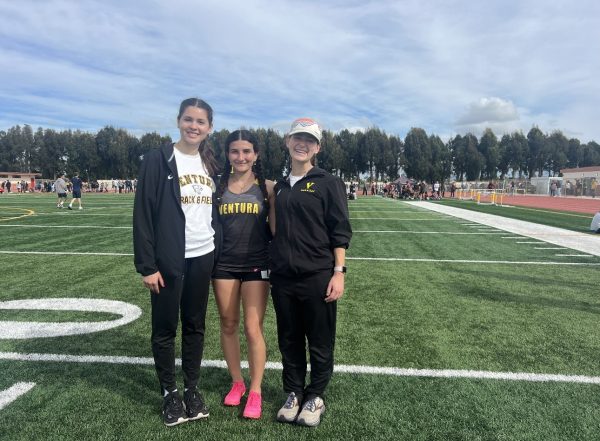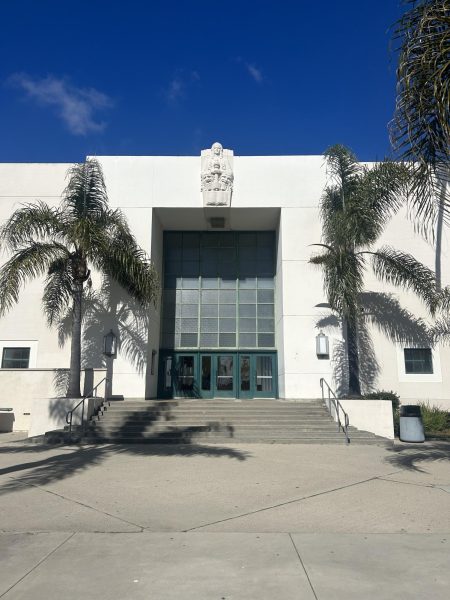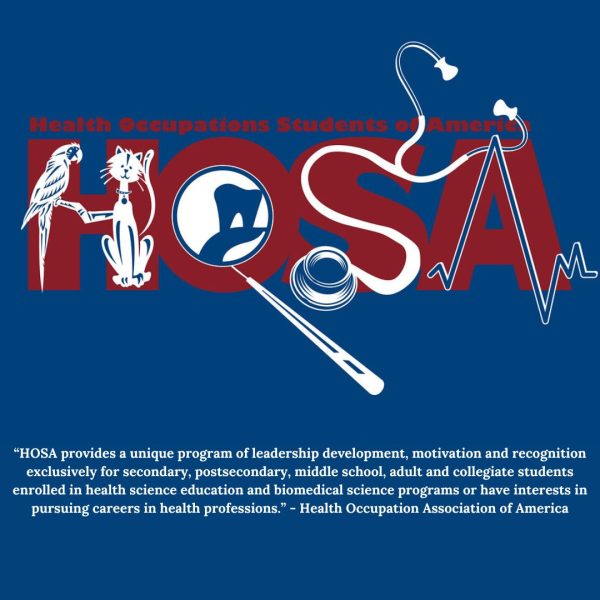What’s cooking in culinary?
All Ventura High School food, service and hospitality pathway classes are held in room 83. Photo by: Alejandro Hernandez
January 6, 2023
Ventura High School offers two different levels of culinary courses on campus, where students can learn about food, service and hospitality
The Ventura High School food, service and hospitality pathway consists of two year-long courses: CTE concentrator culinary & hospitality and CTE capstone culinary & hospitality honors. The concentrator course is an introduction to the pathway, while the capstone course teaches honors-level culinary material. Kayla Hernandez, who has taught the pathway for nine years, teaches four periods of the concentrator course and one period of the capstone course. In all classes combined, there are 180 students enrolled.
Hernandez said, “The significance of [the food, service and hospitality] pathway is to have kids be able to take multiple levels of a course. So it’s to start off at something, an intro level and then go more advanced. It’s to give the kids the experience of what it would be like to possibly look at this as a career. Our courses are considered to be CTE, [which is] career technical education. [This means] the way we teach our classes is what it would be like in the actual industry.”
The concentrator course is geared toward beginners and focuses on the fundamentals like handling cooking equipment, sanitation, doing dishes and more. Conversely, the capstone course focuses on career prospects in the food service industry.
Hernandez said, “The more advanced level is for kids that have already known [the basics]. So they learn how to work in the industry. They go off on internships, and I pair them with different chefs and restaurants in the community. In all classes they tend to have lectures, then they have lab days where they have hands-on activities where they do actual cooking.”
Madeline George ‘23, a culinary student, said, “We cook a lot more in [the capstone class]. In the beginner class, you have to learn the basics and even though you still cook you take notes on different cuisines and that sort of thing. Whereas in this class we mainly just cook and we do more advanced recipes.”
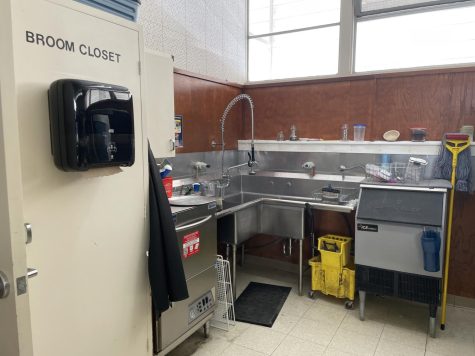
Hernandez said, “We have some things that are being talked about right now since the last one was so successful. I know in February of last year we [sold cupcakes] for Valentine’s Day and it was very successful. We’re definitely going to be doing that again [this year].”
In order for students to register for the concentrator class, they must receive Hernandez’s signature on their registration forms during the registration period. Afterward, the form is transferred to counselors and students are enrolled according to the course’s availability.
Students can bypass the concentrator class to enroll at the capstone level, but it is a decision they must make with their counselor and Hernandez. Otherwise, they must first complete the concentrator course before advancing.




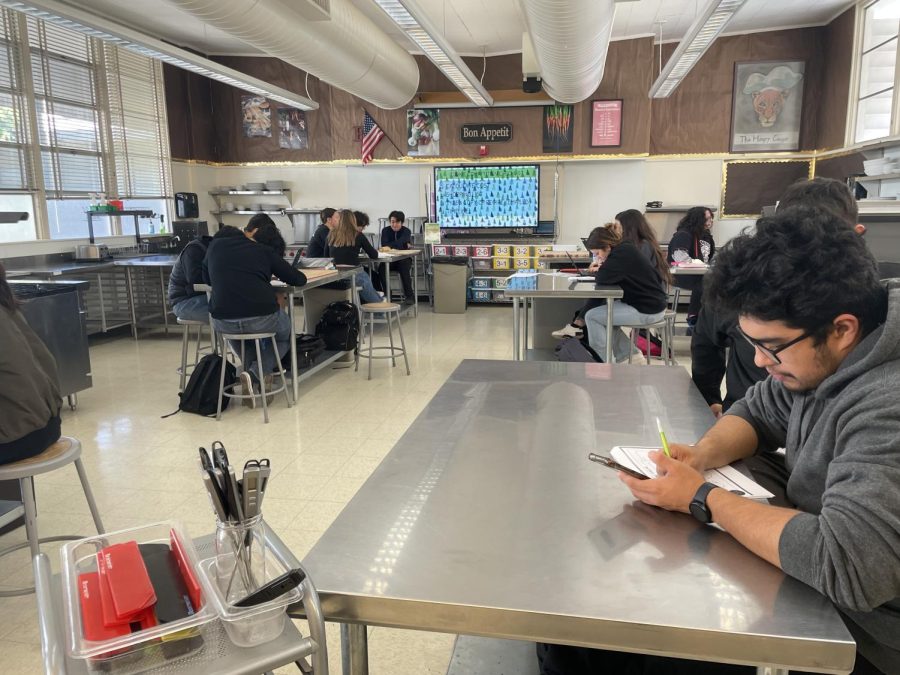
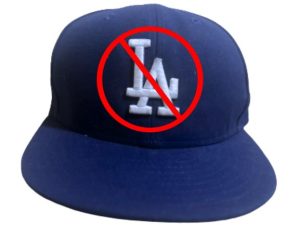
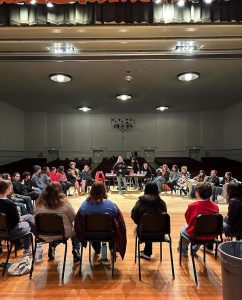


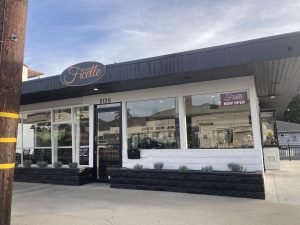
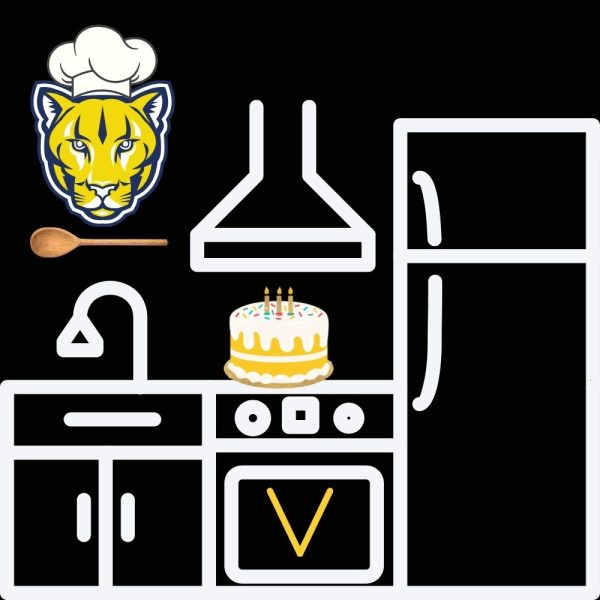
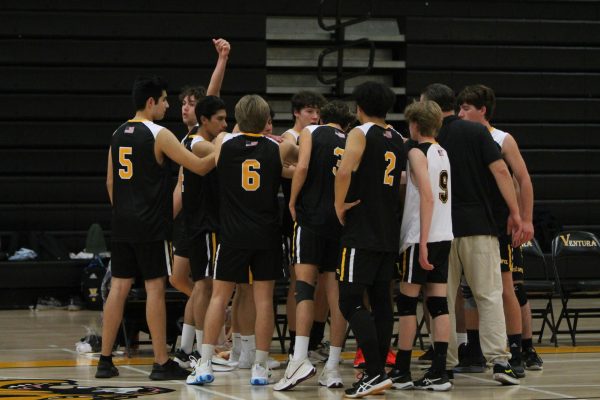
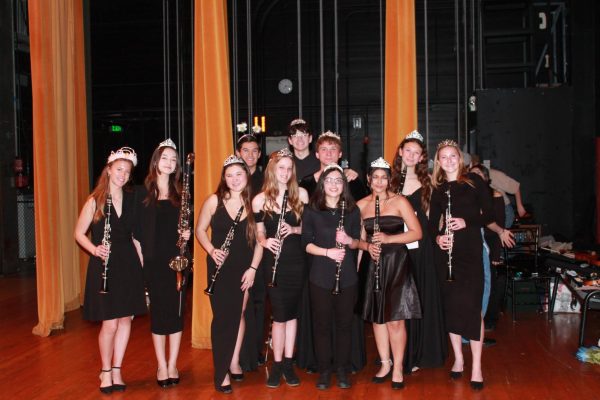
![[left to right] George Lopez, a campus supervisor at VHS, said, “I don’t have any plans, whatever comes up because plans never work, but I might go to Texas.” Damian De La Fuente ‘24 said, “I’m going to hang out with friends and perform at parties.” Viviana Rodriguez, a campus supervisor at VHS, said, “I’m going to see my family in Santa Barbara and do some deep cleaning.” Photo by: Meray Touma](https://thecougarpress.org/wp-content/uploads/2024/03/Photo-6-1-e1710961880419-450x600.jpg)
